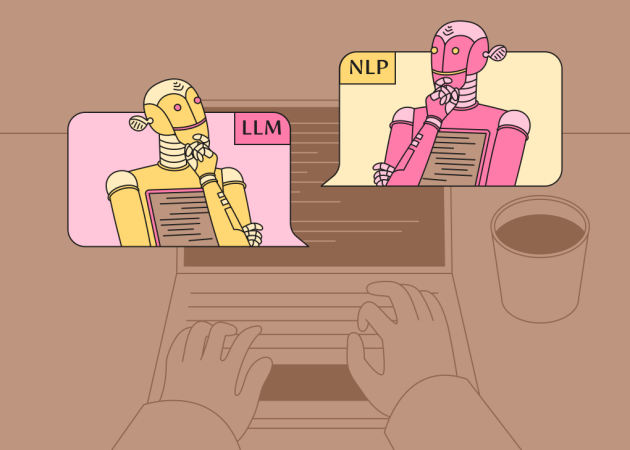
Five Benefits of a Self-Managed Environment
Contents
Contents
In a report from Deloitte, 88% of respondents all over the world picture organizations of the future as agile, flexible and empowering. While we’re happy to give due credit to these three components, our own research shows that there should be a fourth one—self-management.
Although self-management still remains a controversial topic, with some business leaders excited about it and others being skeptical, one can say for sure that the change has already started. Another Deloitte report among 7000 entrepreneurs indicates that 80% of them have already shifted their organizational structure towards stronger team flexibility and independence. Yet building a well-functioning self-managed environment is still a tough nut to crack. Apart from teaching your team to be self-organized and to take responsibility for their projects, you need to make sure that they are constantly looking toward self-development.
We’ve conducted our own research and distinguished 5 compelling reasons why self-management should remain on your company’s radar.
Long-term goals orientation
In a hierarchical company, a day might start with a minor horde of senior managers, filled up on a cafe latte, storming down the office to give orders to their subordinates. Afterward, they retreat to their own cabinets and work on company strategy, only occasionally peeking at their teams through the blinds. Essentially, this leaves teams completely unaware of what is going on in the company beyond their limited scope of responsibility.

If senior managers grant their teams with freedom and responsibility, they encourage them to pull their heads out of their routines and take a second look at the company’s mission. When there is no one to give instructions in the morning, people will eventually learn to ask more questions, seek feedback and realize where the company is moving in general. Practice shows that companies have better chances of reaching their long-term goals if everyone on a team sees those goals and works towards them.
Faster decision-making process
A self-managed job role comes with a great deal of responsibility. At first, it may overwhelm the team. But once they adjust, the speed of decision-making will sky-rocket.
In hierarchical structures, it can take a lot of time and energy to travel through seemingly endless levels of middle-management to approve an idea. The bad thing about this journey (apart from the obvious waste of time) is that a company loses momentum and potentially even its window of opportunity to innovate.
Don’t rush into a change of empowerment without proper discussion. But at least start thinking about it. Now. When it comes to regular decisions, a self-management approach may help your company grow more flexible and, ultimately, competitive.
Innovation
According to a study on self-management and creativity, self-managed teams are more likely to generate innovative ideas and find creative solutions. We believe that it happens not only due to the higher degree of freedom but also due to a higher eagerness to take risks. To support this innovation, teams may also turn to tools like purchasing management software to manage procurement processes more efficiently, freeing up time to focus on creative problem-solving.
Indeed, people frequently choose to stick to well-known ways of doing things even if they have a chance to change them. One explanation for this phenomenon is that we are all afraid to fail in unknown territory. To build an eager-for-challenges self-managed environment it’s crucial not to blame teams for failures. It’s not a controversy so suggest that they should be seen as opportunities for improvement and innovation.
Job satisfaction and engagement
After getting used to the initial uncertainty of self-management, teams tend to acquire the satisfaction of ownership and accomplishment. In combination with a smart work-life balance, or a sustainable approach to life in general, this often leads to increased engagement. To put it simpler, self-managed teams are generally happy teams.

Making people happy might not be your number one priority as an entrepreneur, but it’s still a good thing to have. As our research shows, satisfied and engaged teams can become a company’s biggest (in)tangible asset. The sense of engagement makes people more resilient and persistent in their tasks. It also makes them more willing to invest extra time and effort to succeed.
Knowledge-sharing culture
Self-management doesn’t mean that teams work in isolated bubbles, never talking to each other. Self-managed involves a great deal of communication and search for information and often nurture a strong knowledge-sharing culture.
At the end of the day, self-managed teams come with an impressive package of benefits. To unpack these benefits, you’ll probably have to spend some time and energy, re-organizing your work. But as we like to say, nothing worth doing is easy.
Subscribe to blog updates
Get the best new articles in your inbox. Get the lastest content first.
Recent articles from our magazine
Contact Us
Find out how we can help extend your tech team for sustainable growth.







